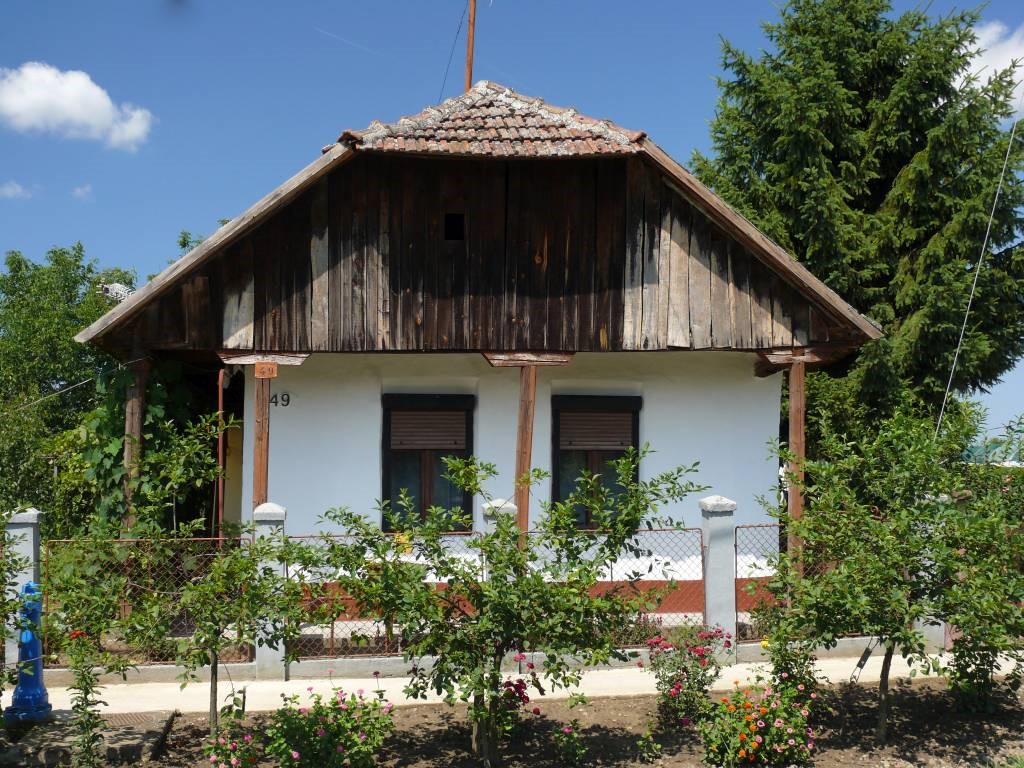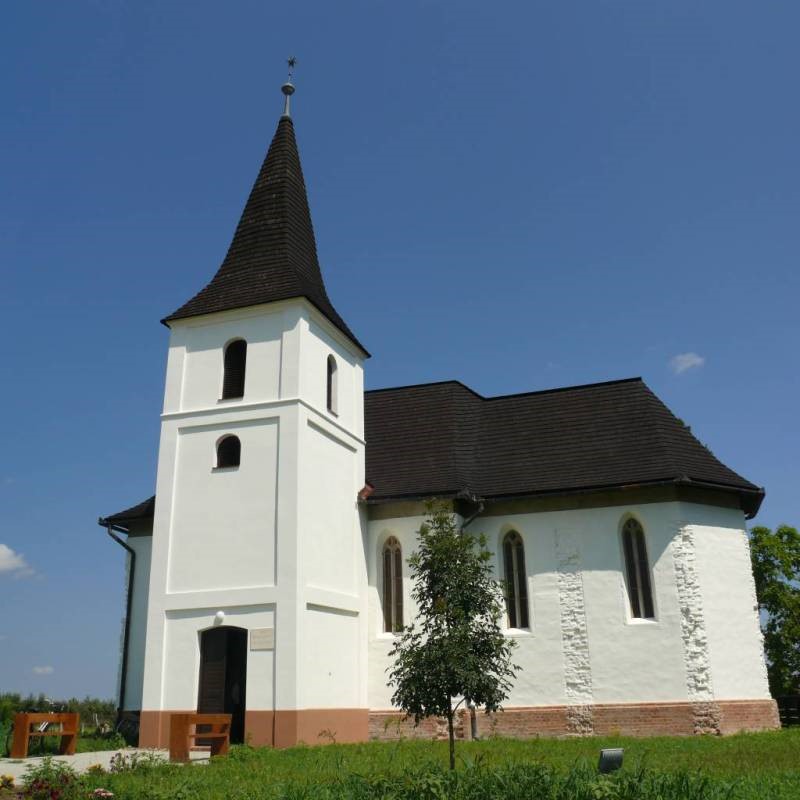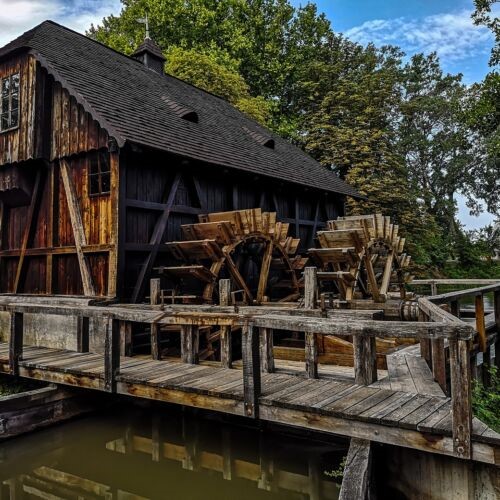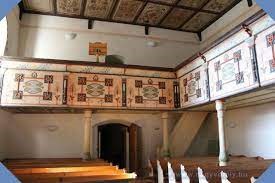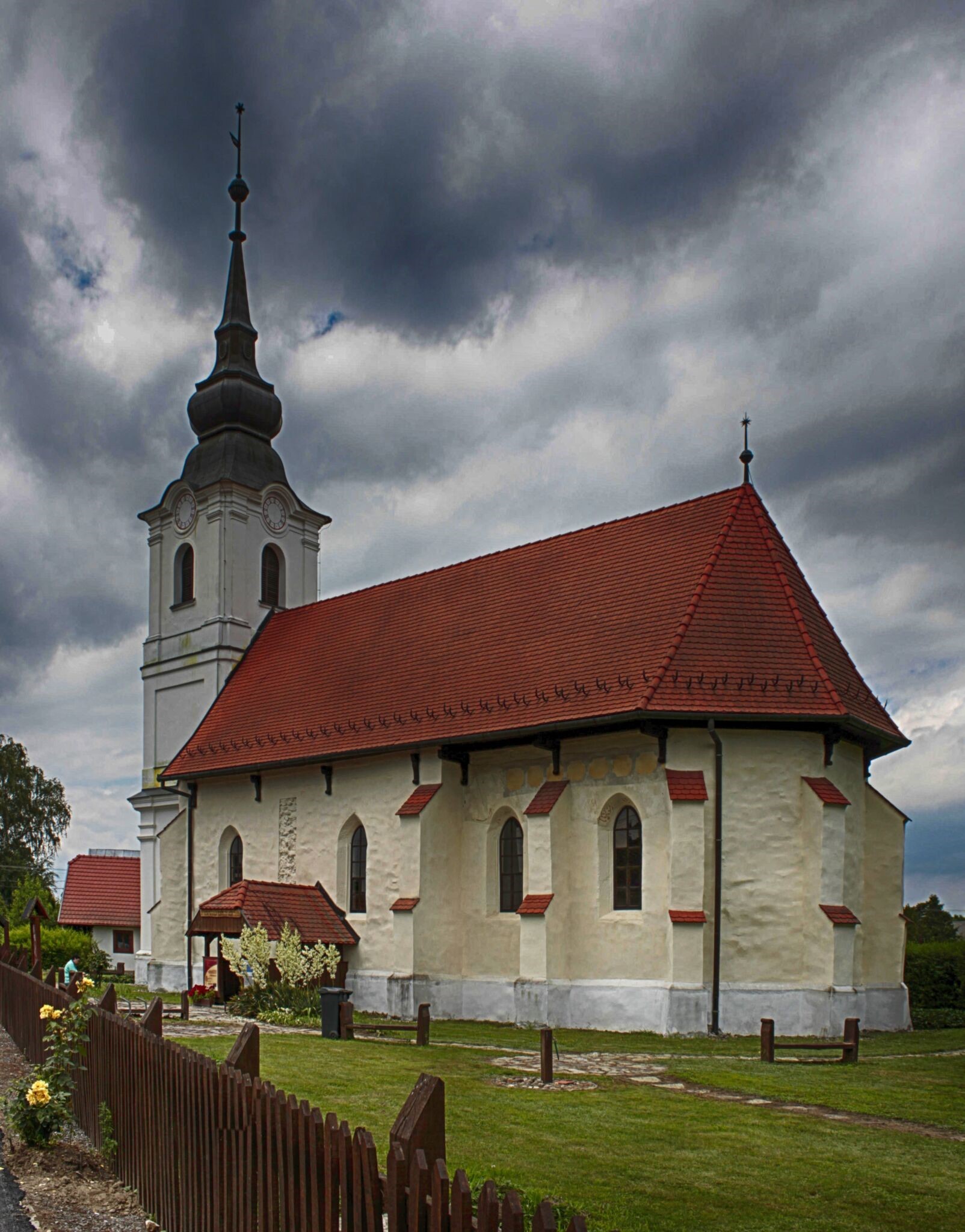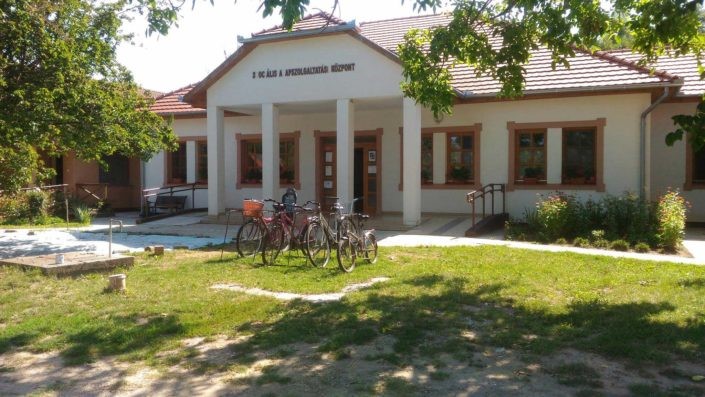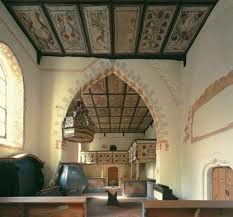The first documentary attestation about Agriş dates from 1216 in the donation letter of King Andrei II to Count Merc-establishing the boundary of the donated estate, it is shown that it passed by Egerul Mare. It is about the Nichola (Micula) estate. The evolution of Agriş was slow but upward. Religious reform finds here a favorable field for affirmation. In Agriș of the 15th century there is already a compact community of Roman Catholic believers as evidenced by the current reformed church, of Roman Catholic origin built between 1420-1460 by the wife of the ban Boricz Bathory. The village priest – Kereki János – participated in the Synod of Oradea in 1569, being one of the great representatives of the religious reform in these lands. From an administrative point of view, Agriş was an independent commune until after the Second World War, after which it was incorporated into the jurisdiction of the commune of Micula, of which it was a part until 1968. On the occasion of the administrative-territorial reorganization of Romania and the reappearance of Satu Mare county, Agriş commune is transferred from this tutelage to Botiz commune.
The year 2003 brings the possibility of the re-establishment of the commune, the re-establishment of the Agriş commune comprising the villages of Ciuperceni and Agrişu Nou was approved.
Descarca doc: Ghid de bune practici organizare evenimente-Agriș



